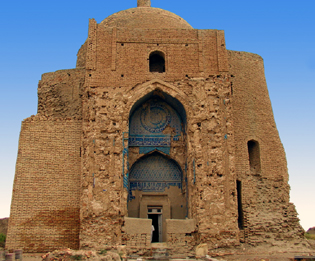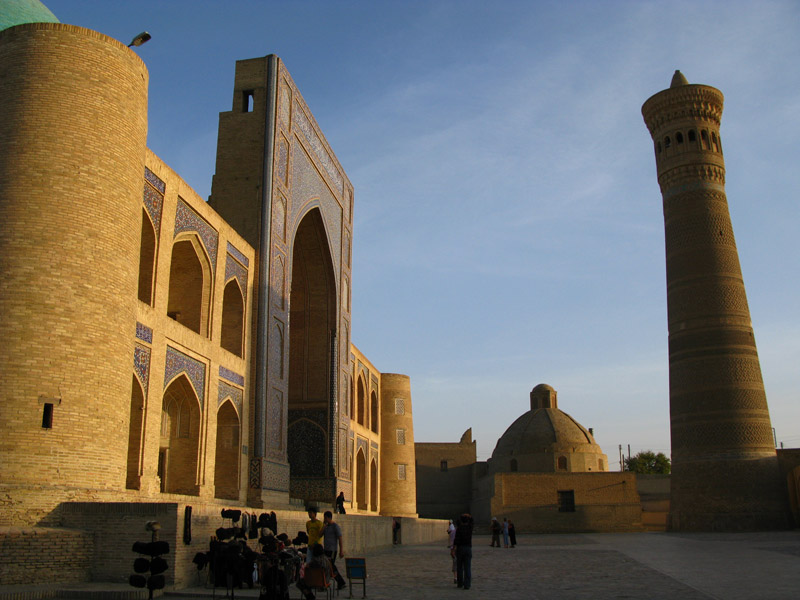Contacts
UZBEKISTAN
45/405 Shota Rustaveli Street
100100
Tashkent, Uzbekistan
PAKISTAN
Mezzanine Floor., Office 8A
Mushtaq Mansion, Block D
Fazel-e-Haq Road, Blue Area
Islamabad, Pakistan
E-mail: tashkent@sitara.com islamabad@sitara.com
Phone (Uzbekistan): (99871) 2814148, (99871) 2814149, (99871) 2553504
Phone (Pakistan): (9251) 2805583, (9251) 2805288
Fax: (99871) 1206500








